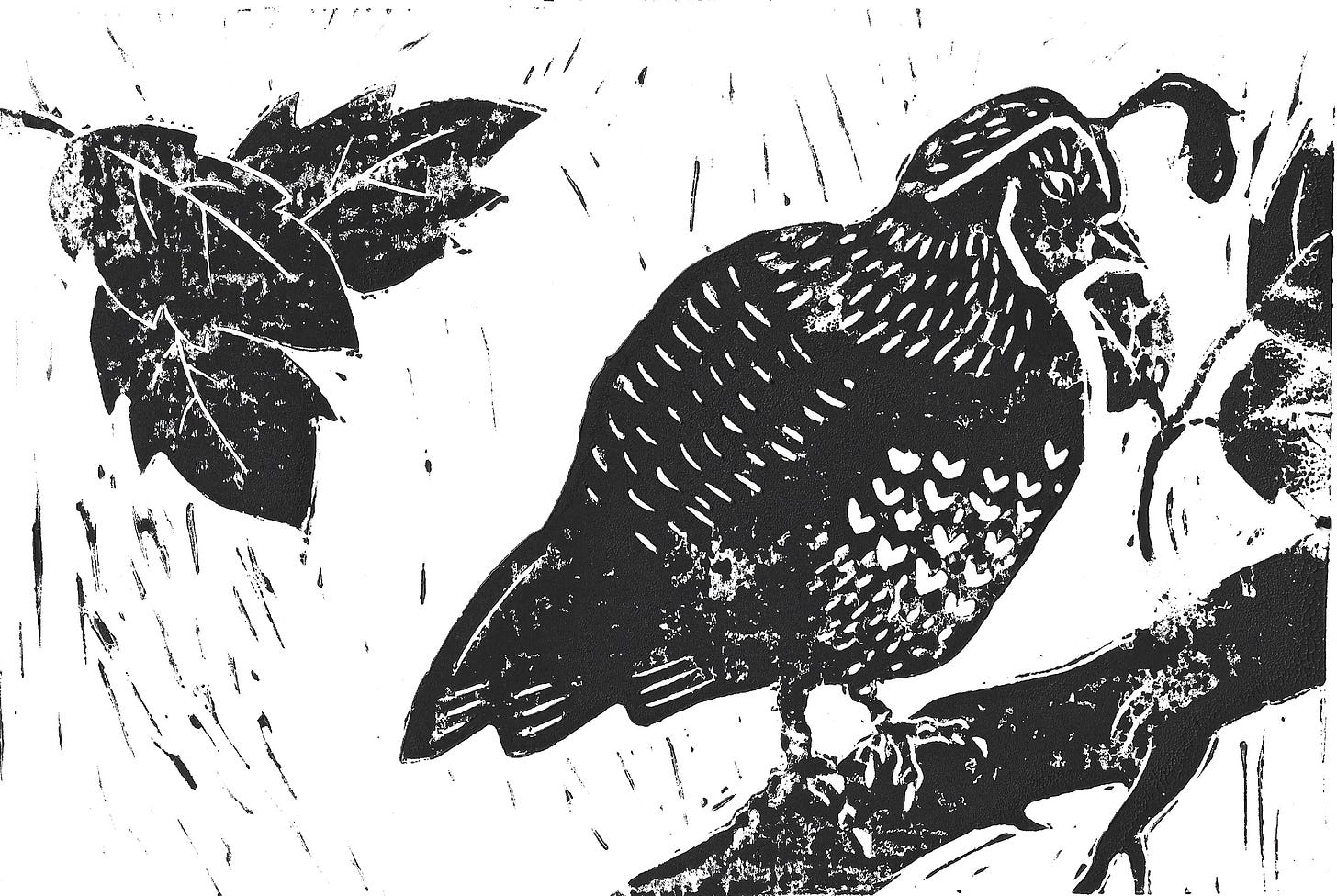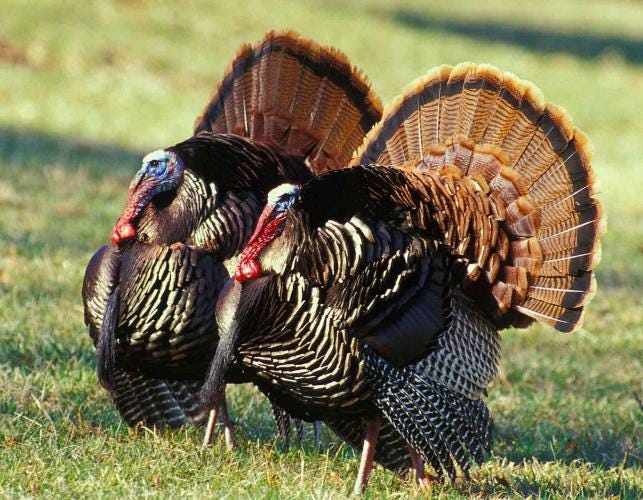Local Lexicon
Arkansawyer: A native of Arkansas. (The newspapers often print Arkansan, but no one hears a hillman pronounce it to rhyme with Kansan.)
— Vance Randolph, Down in the Holler
Mountain Canticle
One familiar with mountain music quickly becomes aware of a strong theme present in which the singer tells a story of their life’s downfall all caused by the over-indulgence in the consumption of liquor. These songs are a testament to the difficulties of addiction, how strong liquor can ruin a life with great potential, and the fate of one’s soul.
Many of these types of songs emerged from the temperance movement, which promoted a heightened awareness of alcoholism. In the Ozarks the influence of the movement was long-lasting leading to a large portion of the Arkansas Ozarks becoming dry counties which continued to enact the national prohibition but at the county level. To this day, dozens of Arkansas counties are still dry as a testament to the impact of alcohol on the dwellers of these hills.
Rye Whiskey
On top of yon mountain, I wandered alone, Drunk as the Devil and a long ways from home. Rye whiskey, rye whiskey, rye whiskey, I cry— If I don't get rye whiskey, I surely will die. I went on yon mountain; I sat on a log, My liquor jug beside me, I'm sicker than a dog. Poor drunkard, poor drunkard, how bad I do feel, Poor drunkard, poor drunkard, how bad I do feel. I'm goin' on yon mountain, I'll build me a still— I'll make you a gallon for a two-dollar bill. Poor drunkard, poor drunkard, how bad I do feel, Poor drunkard, poor drunkard, how bad I do feel. If the ocean was whiskey and I was a duck, I'd dive to the bottom and drink my way up. Rye whiskey, rye whiskey, rye whiskey, I cry— If I don't get rye whiskey, I surely will die.
As sung by Donnie Koonce, Springfield, Missouri on March 13, 19751:
Another version by Frank Proffitt of North Carolina:
Boogers, Critters, Roots, and Yarbs
Wild Turkey (Meleagris gallopavo)
Most folks are familiar with what a turkey is, but the history of the turkey in the Ozarks in recent history has had its ups and downs. Turkeys were immensely popular as a food source in the Ozark Mountains and became a staple meat in most Ozarker’s diets. This popularity quickly led to the bird being hunted to near extinction, leaving just a few thousand birds in the whole of the Ozarks. Some old-timers still remember when turkeys were a rare sight in the backhills. Thanks to conservation efforts, however, the population has rebounded, with southern Missouri now home to well over half a million turkeys. If you’re lucky, you might hear the distant call of a tom on a cold spring morning, echoing through the misty hills.
Backwoods Nourishment
Classic Soup Beans
Ozark dishes often involve the use of simple ingredients that allow a dish to make the dollar stretch. This meal is hearty, filling, nutritious, and will cost you a fraction of the typical price per serving in other dishes. Improvisation is easy and by adding new ingredients to the pot you can really adjust the flavor to your liking. Here is my typical basic recipe:
1lb pinto beans, dry
1lb ham hock
1/2 stick butter
1 Onion, diced
3 Garlic cloves, chopped
3 Celery stalks
Jalapenos (or other hot peppers)
16oz Chicken stock
Soak beans overnight 2:1 water to cups of beans. Boil chicken stock and add rinsed beans. Throw in raw ham hock, butter, onion, garlic, celery, salt, pepper, and jalapeno to taste. Simmer for 2-4 hours. Serve warm with cornbread and pickled greens.
Myths, Legends, and True Tales
A Pile of Wood, Feathers, and Turkey Manure
The settlers of the Ozarks from the Scotch-Irish stock that now make up the majority of current-day Ozarkers migrated from their previous home in the Appalachians. The first to strike out into the untamed wild that has become known as the Ozarks were those who aimed to be as far away from civilization as possible. Some were fleeing the law; others just wanted to be left alone. Upon first arrival, these mountaineers established small cabins where they foraged and hunted. Being closely similar in many ways to their previous Appalachian homes, the Ozarks proved to be a bountiful wilderness filled with nuts, berries, roots, fruits, small & large game, and upland birds, specifically turkeys.
These were the days of turkey plenty. When the bird was prominent in the Ozarks and was a well loved (and cooked) creature. Coveted for its versatility in cookery, being especially delicious fried to a golden brown. In today’s world, turkeys are hunted with shotguns. In times antediluvian, they were trapped. Once a turkey’s run was identified, a clever trapper would set up a barred cage and run a line of corn carefully placed beneath a shallow ditch leading under one corner of the cage. The turkeys, finding the corn trail, would follow along completely engrossed in their lucky discovery, squeezing their plump bodies beneath the cage base and into a feast’s worth of corn. It wouldn’t be until after they gorged themselves on the corn pile that they realized they’ve gotten themselves into a cage without the recollection on how they got there or how to get out. The vast difference in the modern relationship between turkey and hunter and the old-time one goes even further.
When people think of moving livestock cross-country, generally the animals that come to mind are cattle being prodded along by cowboys on horse back. Another familiar scene is a robed man wielding a shepherds crook leading his sheep across a rugged wilderness landscape. In the old days of the Ozarks neither of these scenes were the standard.
Along an old trail following a clear river four young men followed by two older men plodded along toting buckets filled with cracked corn. Whistling as they went, they tossed the cracked corn along their path. One of the young ones had an old-fashioned lantern held aloft. The sun was setting. Being beneath the trees, it was starting to get dark awfully quick. Just behind them, came the sound—gobbling in the darkening woods. Nearly seven hundred turkeys all looking to perch for the night. Most of them being toms and most of them nearly twenty-pounders. The group of turkey drivers, or “gobble drovers” as they were known, set out three days prior buying up local flocks from farmers along their way to the Frisco Railyard to which they were about to arrive early the next morning.
Turkey drives were not without their mishaps. A flock of turkeys (sometimes called a “rafter” for reasons soon to be explained) isn’t like a herd of cattle or flock of sheep which make their bedding peacefully on the ground. Turkeys want to find a perch to sleep on to prevent themselves from becoming vulnerable to predators. For a handful of turkeys this is not a problem as they can find a nearby sturdy tree or even a barn to perch up in for the night. When you have a flock of seven hundred, you could have quite the mess on your hands. As the story goes, a gobble drove accidentally got too close to a poor farmer’s home right around when the flock decided it was time for them to snooze. In this case the flock was nearly one thousand birds which all descended upon the roof of the farmer’s house. Each bird weighing approximately 20lbs, they quickly collapsed the farmer’s roof with thousands of pounds of turkey-force leaving a pile of wood, feathers, and turkey manure.
It is apparent to any modern-day Ozark native that these gobble drovers aren’t around anymore. As the Ozark population grew and vast woodlands dwindled, replaced by towns and cities, the logistics of a successful turkey drive became more difficult. These drovers had long relied on heavy fall supplies of acorns, hickory nuts, and especially chestnuts from chinquapin trees (which went through a serious near-extinction—a story for another time). Without the ready availability of natural autumn turkey feed, these long-range gobble droves could no longer be maintained.
As one of the last gobble drovers lamented, it wasn’t just the turkeys that disappeared, but the spirit of a cherished way of life.
“Quite a mighty lot besides free-range turkey birds will be a-goin’ out with this here drive… It ain’t the money we made, on account we didn’t hardly make none to speak of. Plenty of times we lost our shirt tales… Ain’t the loss of the hard work… The way I see it, and what I sorry at, is the losin’ of a fine and friendly sport.”
The following tale was a summary of ‘Gobble Drovers’ found in Charles Morrow Wilson’s ‘The Bodacious Ozarks’.










